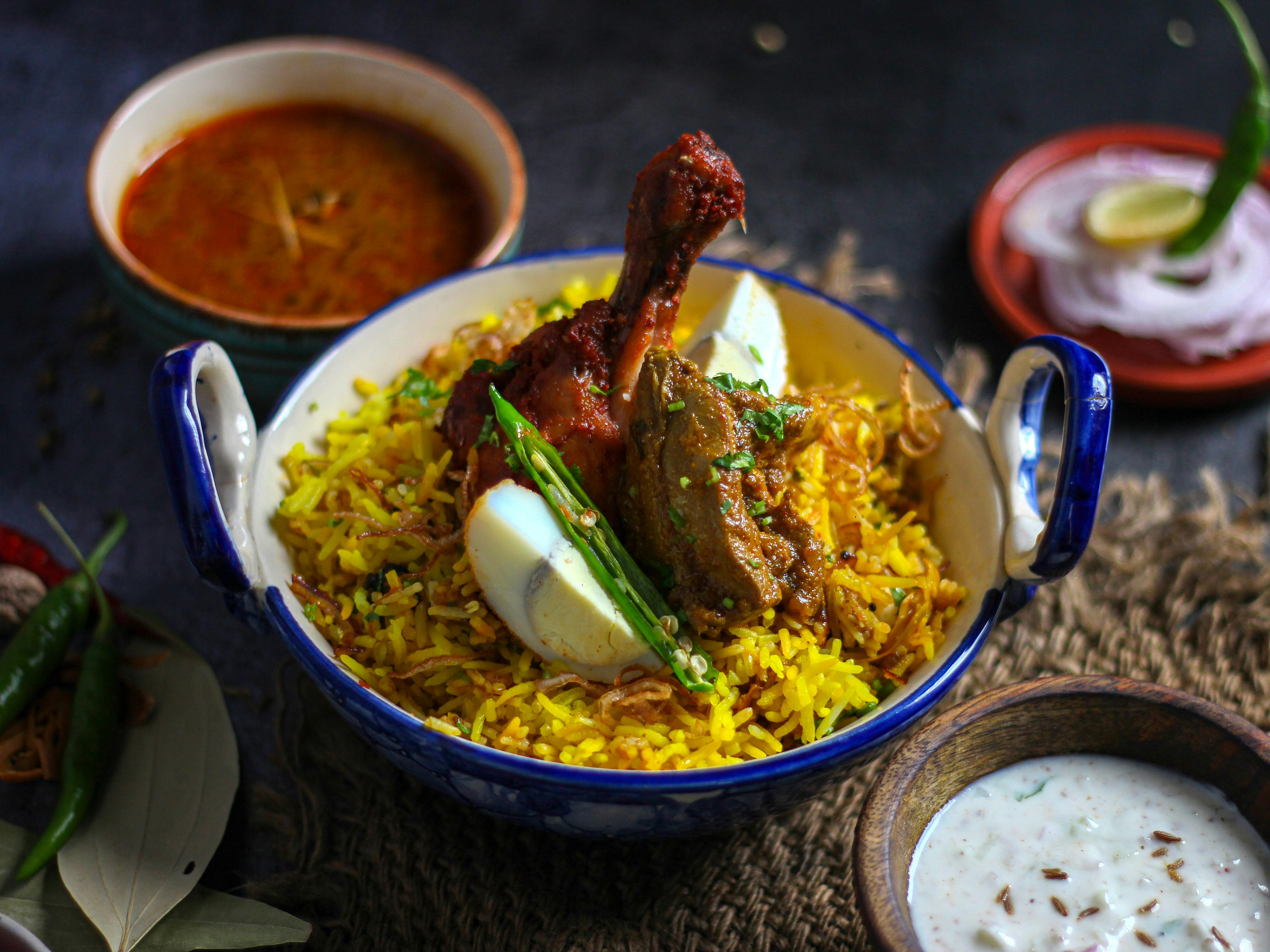The Ultimate Keto Chicken Curry Recipe: Flavorful, Low-Carb, and Satisfying

Keto Chicken Curry offers a delicious and satisfying way to enjoy the rich flavors of Indian cuisine while adhering to a ketogenic or low-carbohydrate lifestyle. This dish is celebrated for its creamy texture, aromatic spices, and tender chicken, making it a popular choice for both weeknight dinners and special occasions. By focusing on healthy fats and protein, and minimizing carbohydrates, this curry provides a nutrient-dense meal that is both flavorful and filling.
Understanding Keto Chicken Curry
The core of a keto chicken curry lies in its ingredients and preparation methods, which are designed to be low in carbohydrates and high in healthy fats. Unlike traditional curries that might use starchy thickeners or sweeteners, keto versions rely on ingredients like full-fat coconut milk or cream for richness and body. The flavor profile is built upon a foundation of aromatic spices, fresh ginger, garlic, and often includes vegetables that are low in net carbs.
Key Ingredients for Authentic Flavor and Keto Compliance
Crafting a successful keto chicken curry involves selecting the right ingredients that contribute to both flavor and dietary goals. The primary components typically include:
- Chicken: Boneless, skinless chicken thighs are often preferred for their higher fat content and tenderness, which prevents them from drying out during cooking. Chicken breasts can also be used, but require careful cooking to maintain moisture.
- Fat Source: Coconut oil, ghee, or butter are commonly used for sautéing aromatics and cooking the chicken, providing essential healthy fats.
- Aromatics: Fresh ginger and garlic are crucial for building a deep flavor base. Onions are also used, though in moderation due to their carbohydrate content.
- Spices: A blend of curry powder, garam masala, turmeric, cumin, and coriander forms the heart of the curry’s flavor. Kashmiri red chili powder can be added for color and mild heat.
- Creaminess: Full-fat coconut milk or coconut cream is the go-to ingredient for achieving a rich, creamy sauce without dairy.
- Flavor Enhancers: Tomato paste adds depth and a touch of sweetness. Lime juice provides a bright, fresh finish.
- Vegetables: Low-carb vegetables like zucchini, bell peppers, spinach, or cauliflower can be incorporated to add texture, nutrients, and color.
- Thickeners (Optional): While not always necessary, a small amount of almond flour can be used to thicken the sauce if desired.
Step-by-Step Guide to Making Keto Chicken Curry
Preparing a delicious keto chicken curry is a straightforward process that can be accomplished in under an hour. The key is to build layers of flavor by properly sautéing the aromatics and spices.
1. Preparing the Aromatic Base
Begin by finely dicing or mincing the onions, garlic, and ginger. Some recipes suggest creating a paste from these ingredients for a smoother curry base. Sauté the onions in your chosen fat source over medium heat until they are softened and golden brown, which can take about 8-10 minutes. This step is crucial for developing the curry’s foundational sweetness and flavor. Then, add the minced garlic and ginger and sauté for another minute until fragrant, being careful not to burn them.
2. Blooming the Spices
Add the curry powder, garam masala, turmeric, cumin, and coriander to the pan with the aromatics. Stir constantly and cook for 1-2 minutes until the spices are fragrant. This process, known as “blooming,” intensifies their flavors and aromas. It’s important to stir continuously as ground spices can burn quickly.
3. Cooking the Chicken
Add the diced chicken pieces to the skillet and cook until they are browned on all sides and coated with the spice mixture. This typically takes about 5-10 minutes. If marinating the chicken beforehand with acidic ingredients like lime juice or yogurt, this step will be integrated with the marinated chicken.
4. Creating the Creamy Sauce
Pour in the full-fat coconut milk or cream, along with tomato paste. Stir everything together to combine, ensuring the chicken is well-coated. If the sauce seems too thick, a little chicken broth or water can be added to reach the desired consistency.
5. Simmering to Perfection
Bring the curry to a gentle simmer, then reduce the heat to low, cover the pan, and let it cook for 20-25 minutes, or until the chicken is cooked through and tender. Some recipes suggest a longer simmering time of up to 60 minutes for deeper flavor development. Stir occasionally to prevent sticking.
6. Finishing and Serving
Once the chicken is cooked and the sauce has thickened, taste and adjust seasoning with salt and pepper as needed. Stir in fresh cilantro for a burst of freshness. Serve the keto chicken curry hot, traditionally accompanied by cauliflower rice, which is a popular low-carb alternative to traditional rice. Other serving suggestions include shirataki rice, steamed vegetables, or a side salad.
Tips for the Perfect Keto Chicken Curry
To elevate your keto chicken curry from good to exceptional, consider these expert tips:
- Marinate the Chicken: Marinating chicken pieces in acidic ingredients like lime juice or yogurt for at least 30 minutes (or overnight) can tenderize the meat and infuse it with flavor.
- Don’t Rush the Onions: Cooking the onions until they are deeply golden is key to developing a rich flavor base.
- Toast the Spices: Sautéing the spices in oil before adding liquids helps to release their full aromatic potential.
- Use Full-Fat Coconut Milk: For the creamiest and most authentic texture, opt for full-fat canned coconut milk or cream. Avoid “light” versions or coconut milk beverages, which often contain added sugars or lack the necessary fat content.
- Adjust Spice Levels: Control the heat by adjusting the amount of chili powder or adding fresh chilies to suit your preference.
- Fresh Ingredients Matter: Using fresh ginger, garlic, and cilantro will significantly enhance the overall flavor profile.
- Leftovers Taste Better: Like many curries, keto chicken curry often tastes even better the next day as the flavors meld together.
Variations and Customizations
Keto chicken curry is a versatile dish that can be adapted to various preferences and dietary needs:
- Vegetable Additions: Incorporate a variety of low-carb vegetables such as broccoli, spinach, mushrooms, green beans, or kale.
- Protein Swaps: Shrimp, turkey, pork, or tofu can be used as alternatives to chicken.
- Spice Profiles: Experiment with different curry pastes, such as Thai red curry paste for a different flavor dimension.
- Dairy-Free Options: The recipe is naturally dairy-free when using coconut milk, but for those who tolerate dairy, a dollop of Greek yogurt or sour cream can be added as a topping.
Nutritional Benefits of Keto Chicken Curry
This keto-friendly dish is not only delicious but also offers several nutritional advantages:
- High in Protein: Chicken is an excellent source of lean protein, essential for muscle repair and overall health.
- Healthy Fats: The use of coconut milk and cooking oils provides beneficial fats that are crucial for ketogenic diets, aiding in satiety and energy production.
- Low in Carbohydrates: By avoiding traditional thickeners and sweeteners, keto chicken curry significantly reduces carbohydrate intake, making it suitable for those managing blood sugar levels or following a ketogenic lifestyle. Some recipes boast as few as 3 grams of net carbs per serving.
- Rich in Vitamins and Minerals: The spices and vegetables used contribute various vitamins, minerals, and antioxidants to the meal.
In conclusion, keto chicken curry is a flavorful, adaptable, and nutritious meal that brings the essence of Indian cuisine to your low-carb table. With its emphasis on wholesome ingredients and simple preparation, it’s a dish that can be enjoyed by the whole family.
